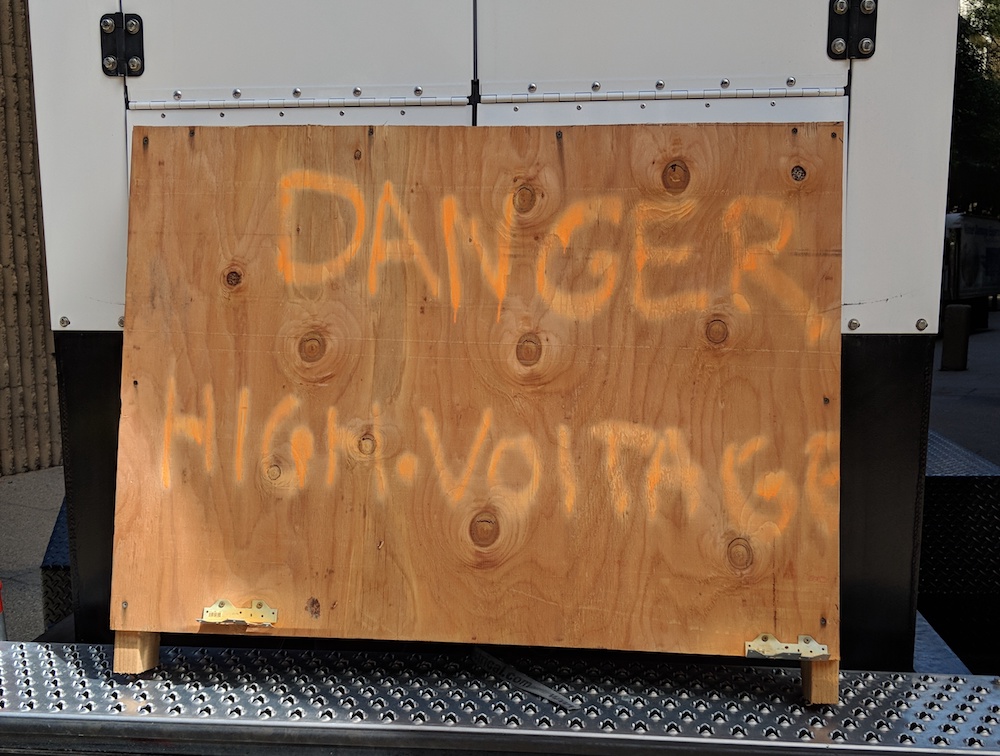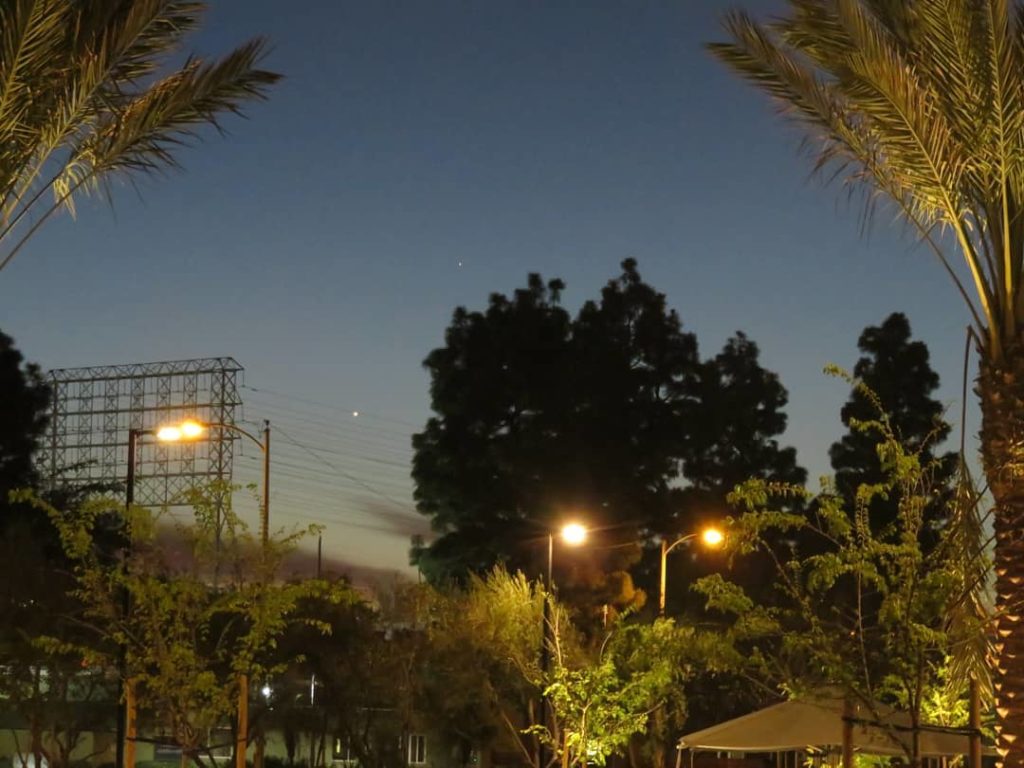Most social networks don’t give you the ability to backdate your posts. That’s good, because it provides a trail that you can point to, saying “Yes, I did in fact post this before it became common knowledge/was plagiarized/etc.” But other publishing platforms do. It’s helpful for things like transferring an archive from another site — though it seems a little weird (and vaguely dishonest) to backdate a new post.
That said, I do backdate posts on this blog from time to time, generally when:
- The post is imported from another site (Instagram, LiveJournal, a comment somewhere, a Twitter thread, etc.), and I keep the original posting date. Basically it’s a smaller scale version of transferring an archive. Sometimes I’ll make a note, sometimes I won’t. But the post was already online somewhere on that date, even if it wasn’t here.
- I’m splitting an old post into two or more smaller posts, in which case I’ll usually keep the date but adjust one of the times.
- I’ve got an old draft that I never got around to posting, it’s no longer relevant today, but I’d like to make it available in its original context. In that case I’ll add a note that it was backdated.
There’s also the accidental backdating that sometimes happens when I create a draft in the mobile app and it decides to keep the upload date as the posting date. I try to fix these as soon as I notice. But that’s not really the same thing!


